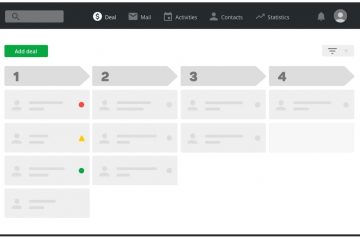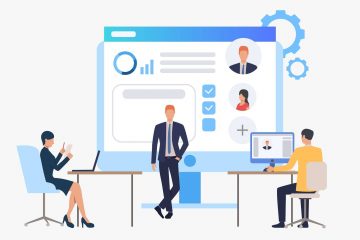B2B Sales Process: Guide to Creating the Perfect Sales Funnel
Sales is the penultimate outcome for your company, the outcome you desire the most. Considering its importance, a lot of money has been invested in finding the best methods and as a result, highly sophisticated sales processes have come to life. Salespeople now understand the psychology of sales and what makes people buy.
Sales enablement products have also been created to assist sales teams and help marketing work with sales to influence revenue generation.
What is B2B Sales?
Simply put, Business to Business (B2B) sales is the process of a company selling to another company. The product could be anything ranging from stationary products or software to heavy machinery or advisory services. With so many different products and so many different customers, there can be many variances to a B2B sales process but the general principle remains the same.
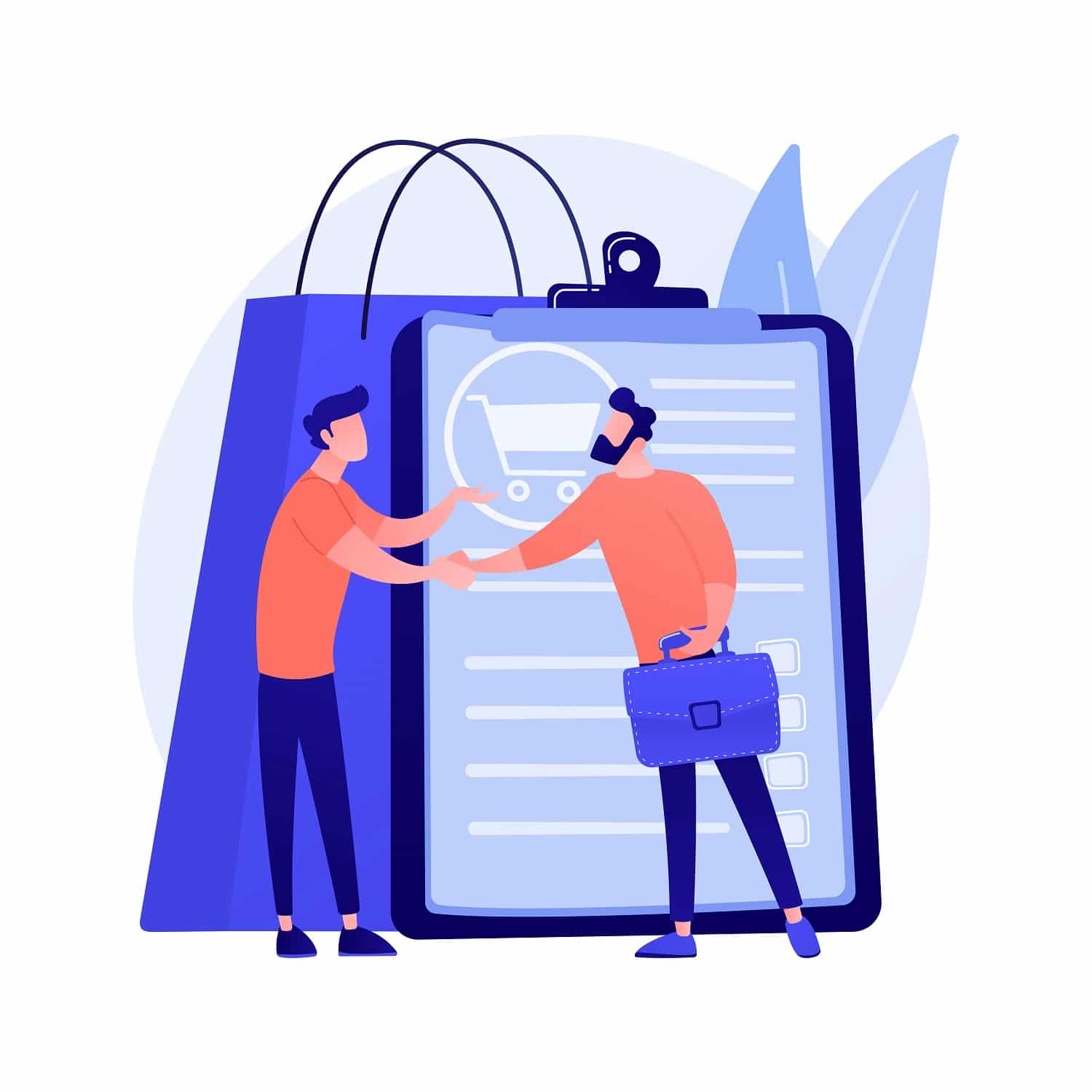
B2B sales will often involve the company having to reach out to potential clients (outbound) or stand out in front of them (inbound) in order to get leads. The process will often involve taking out advertising, content marketing, sales outreach, etc. Once leads have been acquired, they will then proceed through the sales funnel.
A B2B sales funnel is a workflow that helps businesses nurture leads through the buying cycle and work with them from the point of initial acquisition to conversion.
What Are the Characteristics Of An Effective B2B Sales Funnel?
Although the exact details of a sales funnel will vary from product to product, the general mechanics behind it will largely remain the same. The exact terminology will be different from person to person but any effective sales funnel will typically have these characteristics:
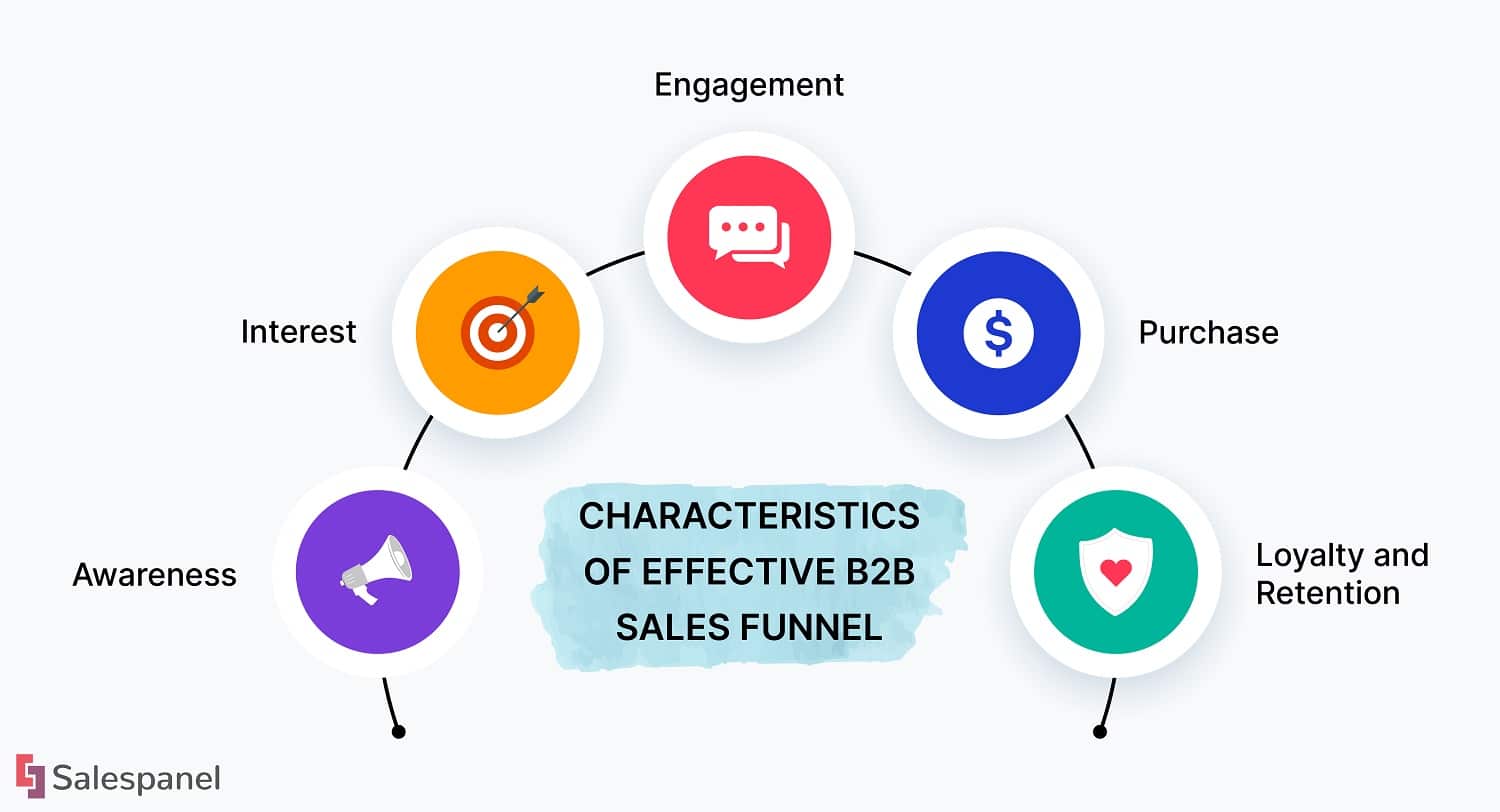
Awareness
The first step in a sales funnel is to get potential prospects aware of the company and its products. At this stage, the lead is likely to be looking for answers and not necessarily with buying the product in mind. When a lead is at this stage of the funnel, there is unlikely to be much interest in the product, and marketing needs to work with them to generate interest.
Interest
At this stage in the B2B sales cycle, the prospect does begin developing an interest in the product. They are likely looking for more information about the product and how it can help them. The marketing team can help in this regard by ensuring the prospect gets the content they need.
Engagement
At the engagement stage in a B2B sales funnel, the prospect is actively engaging with your marketing content or your sales team. They are directly asking questions about the product and how much it costs. It’s at this point that marketing and sales should be working to gain trust by helping to demonstrate that they have the solution to any pain points the prospect might have.
Marketing and Sales need to work together and leverage data and automation to predict lead motivation and share the right content at the right time.
Purchase
When the prospect is ready, they will make a purchase and become a customer. Only a small percentage of your leads will ever reach this stage, but an effective B2B sales funnel ensures that leads who are supposed to buy end up buying.
Loyalty and Retention
Don’t make the mistake of thinking that acquiring customers is the last stage of the B2B sales process – there’s more work to be done. Acquiring a new customer costs five times more than retaining an existing customer. A company that keeps its customers is going to be a lot more successful than those that don’t.
Continue working with the customer. Keep on helping to solve their pain points and make their lives easier. Do this and you’re more likely to get upsells and have a paying customer for many years to come.
Guide to Creating the Perfect B2B Sales Funnel
Every B2B sales funnel will be different, but there are some basics that will apply to all funnels. Here’s a brief guide on how to create a perfect sales funnel that will help you get the results you’re looking for.
Define The Sales Journey
Before you start building your B2B sales funnel, you will need to define your prospects’ sales journey. This means knowing what your prospects will need at any one point to move them onto the next stage. Check historical data to predictively model the buyer’s journey. What steps do they take?What questions do they need answering? What do they need to see that your product to know that it will be beneficial to their business? When they compare you to a competitor, how do you stand out? Once you’ve defined the sales journey, you will then need to create the content that helps guide your prospects through the journey.

Source: business-to-you.com
Create Content
Content comes in many forms. The ones that assist you in sales are landing pages, email campaigns, articles, support content, etc. You can also spend your resources in creating infographics and videos. Your content should be created with a purpose in mind – to educate your prospects and answer their questions. It should show the prospect how your product will help to improve their bottom line and make their business run more efficiently.
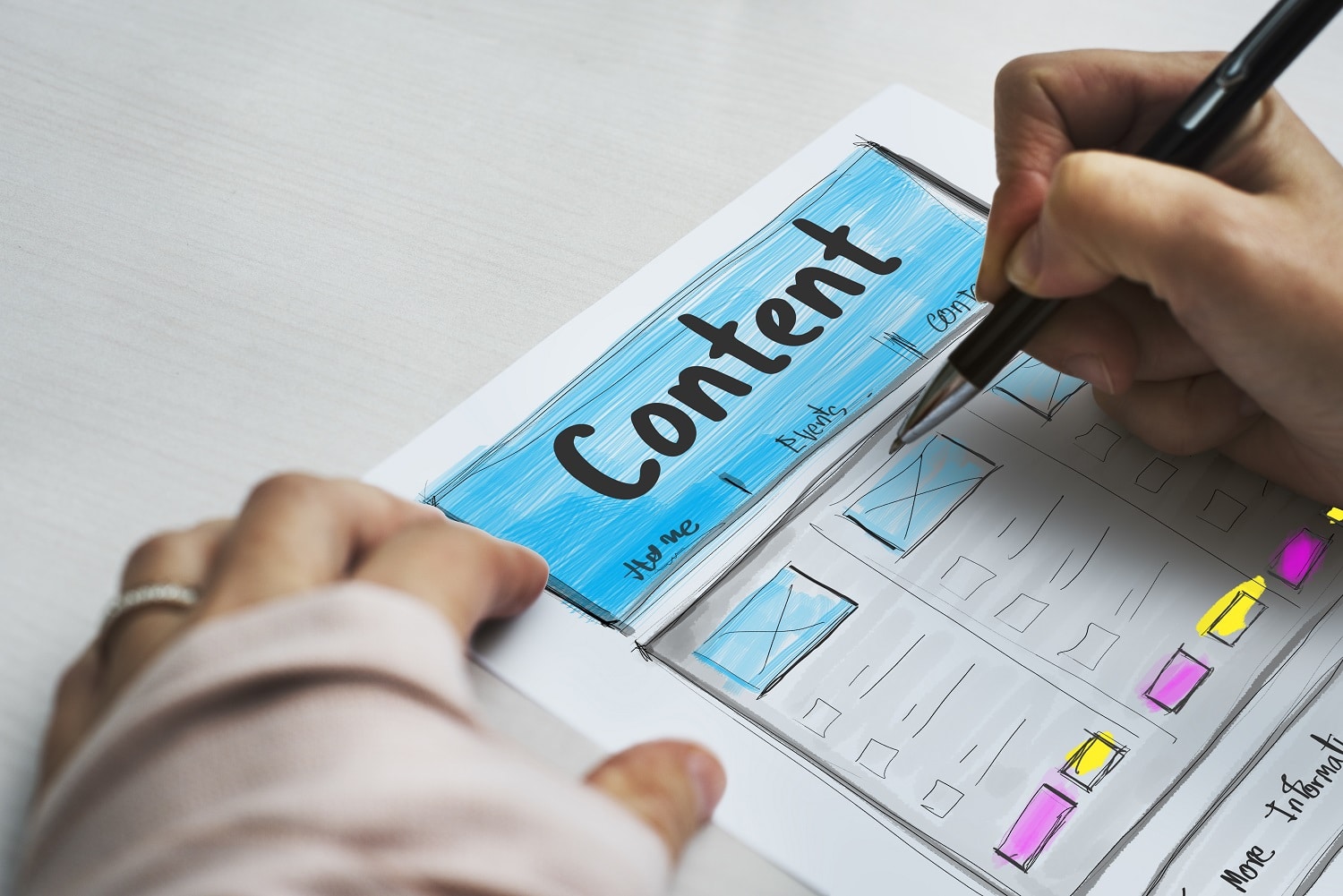
Score Your Leads
Knowing where your leads are individually in your B2B sales cycle can be challenging. The task can be made a lot simpler, however, with help from lead scoring. Lead scoring involves awarding (or removing) points to each lead if they perform certain actions, like contacting a rep for more information. The number of points can help you see at a glance where the lead is in the sales journey, helping you to interact with them in the right way.
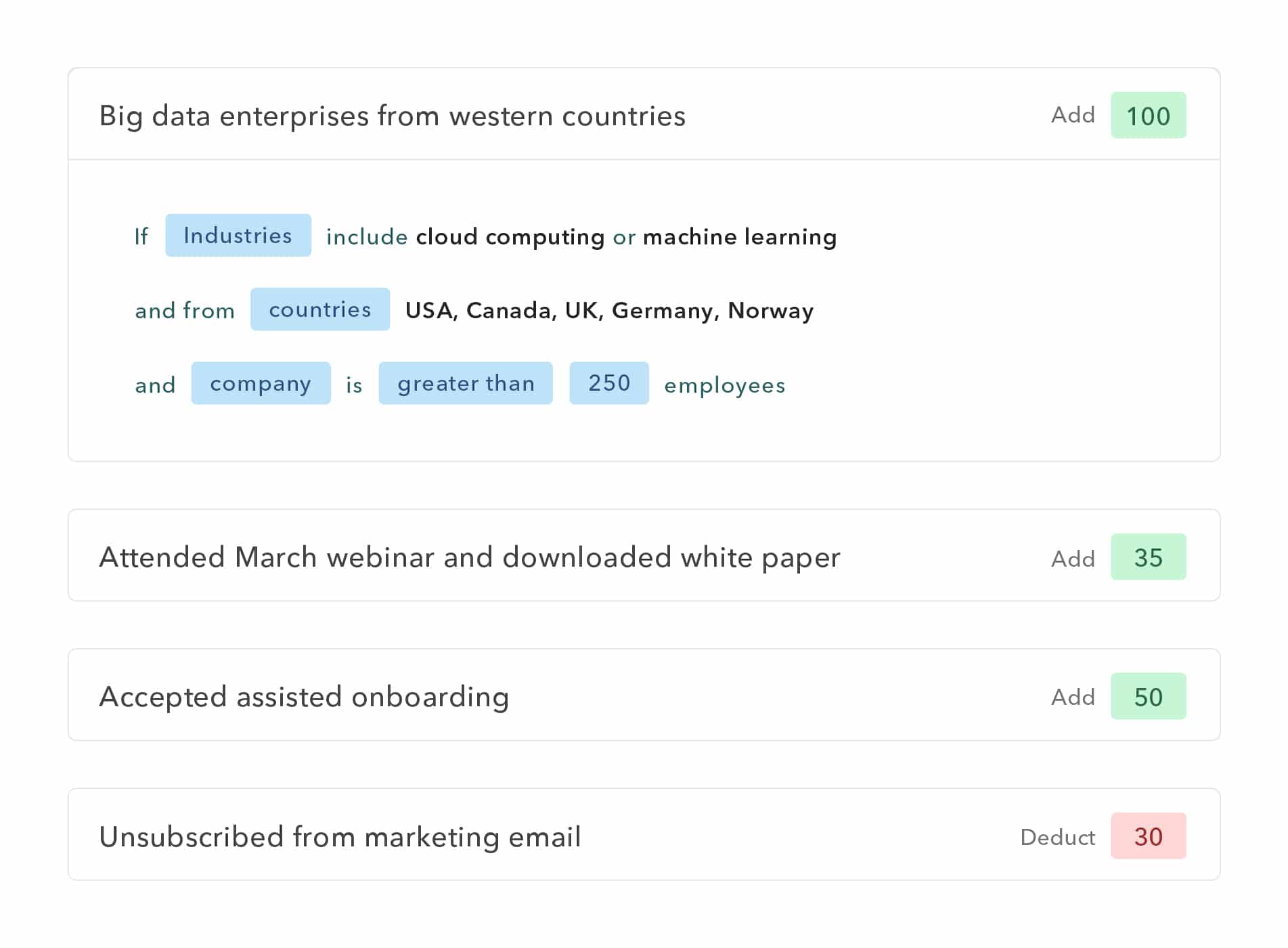
Automate
Databases can grow very large, and engaging leads at a high volume can be a challenge. Automation helps you handle sales and marketing engagements at any scale. For example, emails can be sent automatically if the prospect performs certain actions. Reengagement emails can be automatically sent to leads who are at risk of churn.
Automation helps marketers ensure the right prospects get the right content and in a timely manner. It also lets them align their marketing with sales.

Conclusion
A B2B sales funnel will help you to work with your prospects closely, and effectively guide them through the buying process. It will help to answer their questions and get them prepared and help sales know when leads are ready for them to go for the close.
Sell more, understand your customers’ journey for free!
Sales and Marketing teams spend millions of dollars to bring visitors to your website. But do you track your customer’s journey? Do you know who buys and why?
Around 8% of your website traffic will sign up on your lead forms. What happens to the other 92% of your traffic? Can you identify your visiting accounts? Can you engage and retarget your qualified visitors even if they are not identified?
